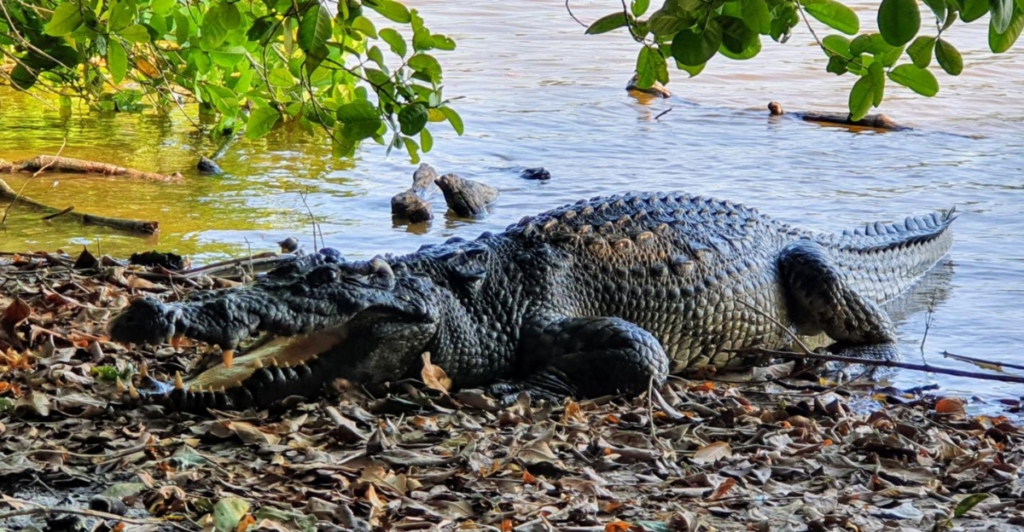
Once thought extinct in the wild, the Siamese crocodile (Crocodylus siamensis) is staging an inspiring return to Cambodia’s rivers—thanks to one of Southeast Asia’s leading conservation efforts.
In 2000, a Fauna & Flora International-led team uncovered small wild populations in the remote Cardamom Mountains, reviving hopes for a species wiped out from 99% of its native habitat. Now, following two decades of dedicated work, nearly 200 genetically pure Siamese crocodiles have been reintroduced into Cambodian waterways.
Fewer than 250 mature individuals survive globally—most in Cambodia—making this program a critical lifeline. The long-term goal: to establish a thriving wild population of at least 10,000 across several protected sites in Cambodia by 2031.
From Thriving to Vanishing
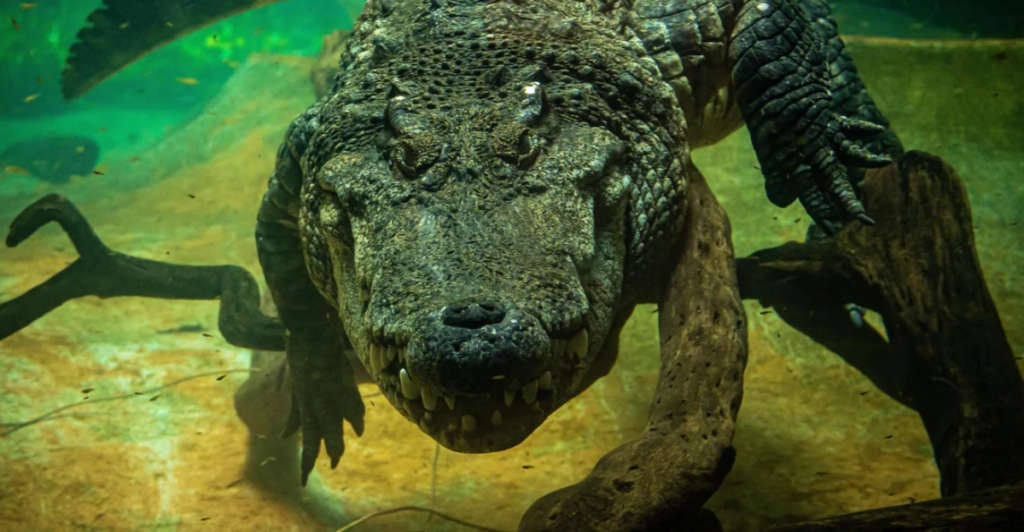
Once widespread across Southeast Asia’s rivers and wetlands, the Siamese crocodile suffered a dramatic collapse in the 20th century. The decline was driven largely by two human pressures: relentless hunting for its prized leather and widespread capture for commercial crocodile farming.
By the early 1990s, researchers considered the species “effectively extinct” in the wild, with only captive individuals thought to remain. Its distinctive olive-green skin and trademark bony crests behind the eyes had all but vanished from natural ecosystems.
Listed as “critically endangered” by the IUCN since 1996, the species now faces dire genetic challenges. Recent studies show fewer than 50 effective wild breeders, with signs of a sharp population bottleneck near Cambodia’s Tonle Sap Lake—and a looming risk of extinction within five generations if left unprotected.
The Cardamom Mountains Breakthrough
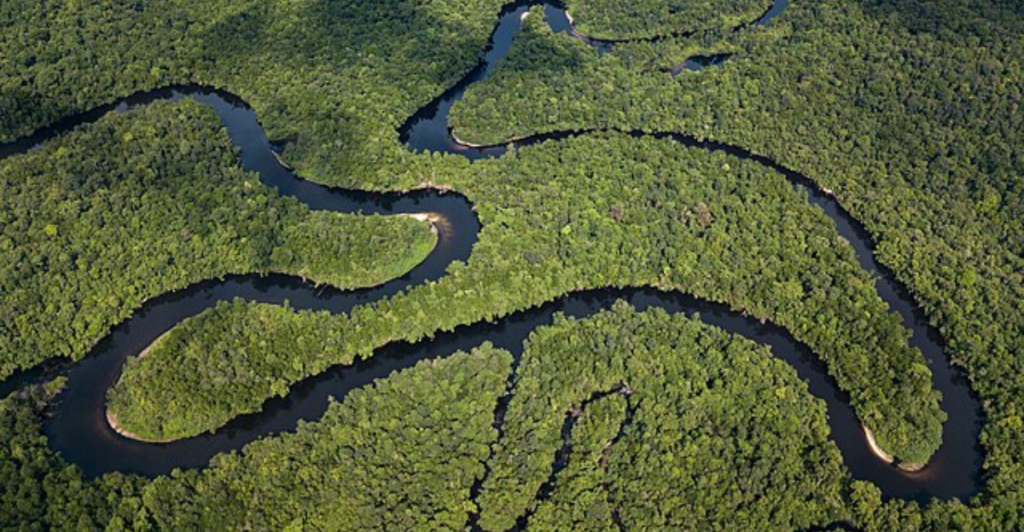
The 2000 rediscovery of wild Siamese crocodiles marked a turning point in conservation. A Fauna & Flora International team trekked into Cambodia’s remote Cardamom Mountains—once a Khmer Rouge stronghold until 1999.
This isolation had shielded the crocodiles from the rampant hunting seen elsewhere. In the aftermath, researchers partnered with Cambodia’s Forestry Administration to launch extensive nationwide surveys. These efforts confirmed that surviving populations were confined to the most inaccessible watersheds of the Cardamoms, with only 200–400 individuals scattered across fragmented habitats.
The discovery spurred urgent conservation measures, as scientists warned that, without swift action, these isolated groups risked extinction due to low numbers and limited breeding potential.
The Cambodian Crocodile Conservation Project
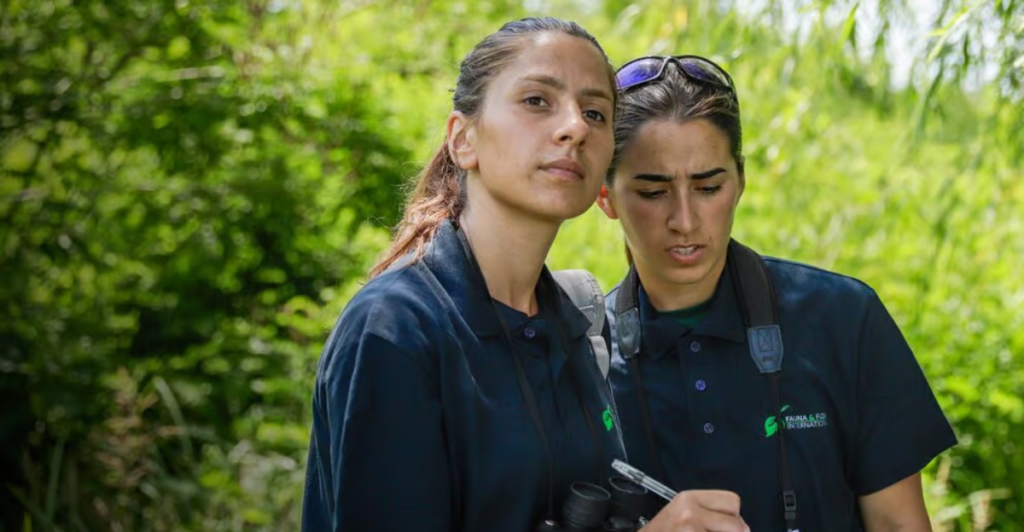
In response to the species’ rediscovery, the Cambodian Crocodile Conservation Project (CCCP) was launched—a multi-award-winning collaboration between Fauna & Flora International, local communities, and the Cambodian government.
By 2012, the team had crafted a detailed action plan for the Siamese crocodile, grounded in ten years of field research. The strategy focuses on three core tactics: reintroducing captive-bred crocodiles into regions where the species had vanished, bolstering shrinking wild populations, and scouting future release sites.
A dedicated breeding program supports this effort, releasing genetically pure offspring—verified through DNA testing—into remote, community-protected areas. Individuals with hybrid traits are excluded to preserve the species’ genetic integrity in the wild.
Indigenous Guardians of the Crocodile
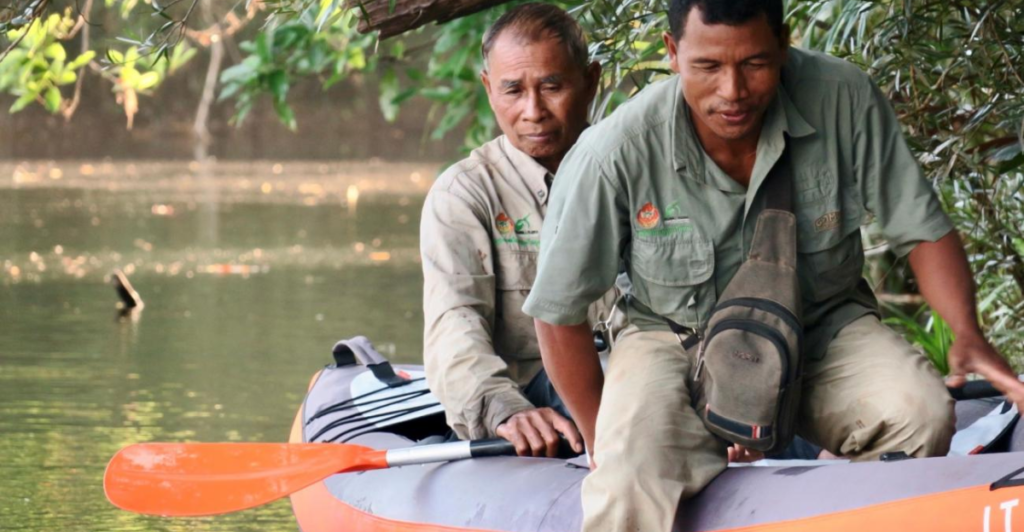
Cambodia’s largest remaining populations of Siamese crocodiles live near Indigenous communities that have long revered them. Among these guardians are the Khmer Dauem (Por) people of the Cardamom Mountains, who have safeguarded the reptiles for generations through cultural beliefs.
“We believe the crocodiles are sacred,” says 73-year-old farmer and head ranger Sao Chan. Unlike their fearsome cousins elsewhere, Siamese crocodiles rarely threaten humans—locals note they typically flee when approached.
This deep respect has been critical to the species’ survival. Today, community members patrol remote terrain as wildlife wardens, protecting crocodiles from poachers. Their traditional knowledge now works hand in hand with modern conservation science.
Milestone Achievements in 2025
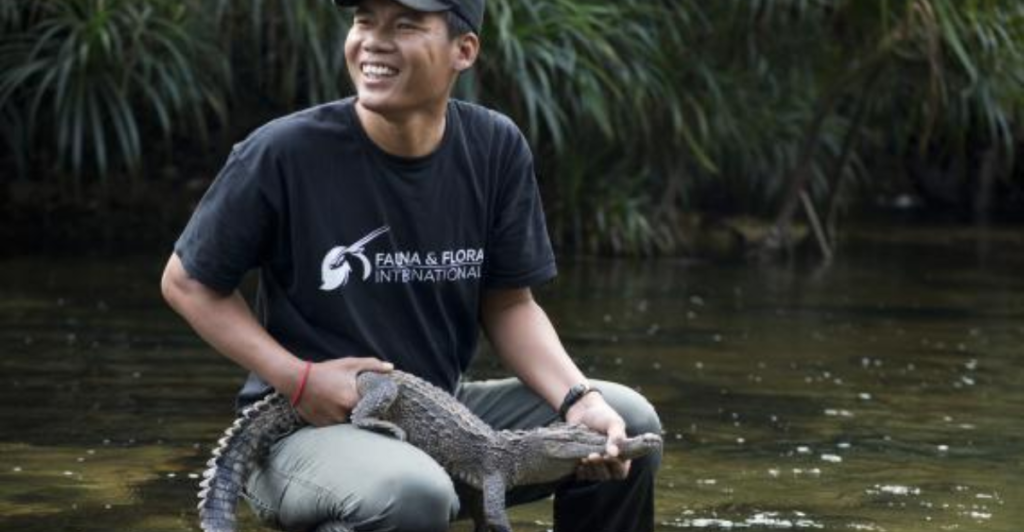
A major breakthrough occurred in March 2025 when ten juvenile Siamese crocodiles were released into Virachey National Park in northeastern Cambodia—the species’ first return to the area in more than twenty years. This milestone followed extensive habitat surveys conducted from 2021 to 2023, aimed at identifying release sites with minimal human disturbance.
Adding to the momentum, mid-2024 brought the successful hatching of 60 wild-born Siamese crocodiles from five nests—a figure hailed as the highest number recorded in Cambodia this century.
The hatchlings represent an estimated 15% increase in the wild population, currently believed to be around 400. Pablo Sinovas, Country Director of Fauna & Flora Cambodia, called the news “a genuine sign of optimism” and “a tremendous boost.”
Ecological Significance and Ecosystem Role

The Siamese crocodile plays a crucial role in Cambodia’s aquatic ecosystems, acting as a top predator that helps regulate fish populations and maintain ecological balance. Its behavior keeps waterways clear and wetlands from silting over.
More than a species comeback, its return marks the revival of long-dormant natural processes. Conservationists now view such rewilding—especially of large predators—as key to ecosystem restoration. The Siamese crocodile also serves as a flagship species, drawing public interest and funding toward the protection of rivers and wetlands often ignored in conservation efforts.
This charismatic reptile helps safeguard entire watersheds and the diverse life they support, turning attention to habitats that are both vital and vulnerable. Its resurgence is reshaping how scientists and communities view species recovery and ecosystem health.
Technological Innovation in Conservation
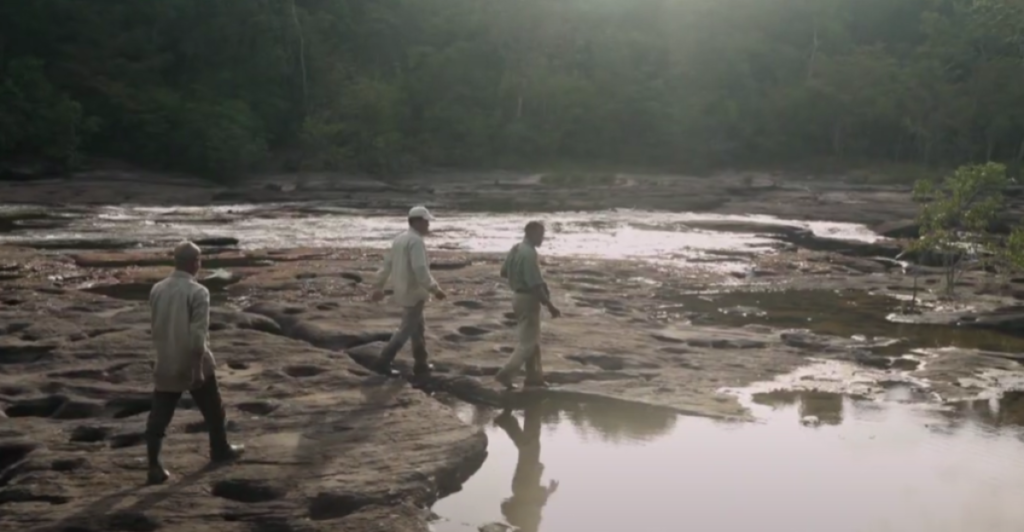
The 2025 release of Siamese crocodiles into Virachey National Park marked a breakthrough in conservation technology with the use of acoustic telemetry. This system tracks crocodile movements using sound waves, delivering vital data from remote waterways without relying on direct observation.
Each animal carries a transmitter, offering new insights into habitat use, survival, and dispersal. The approach represents a major step forward in reptile conservation. Alongside tracking, genetic screening has become a cornerstone of the program. Conservation genomics allows scientists to verify purebred Siamese crocodiles, detect hybridization, and select the best candidates for breeding and release.
Together, these innovations have shifted conservation from rough estimates to targeted, data-driven action—laying a high-tech foundation for saving one of the world’s rarest reptiles.
Ongoing Challenges and Threats
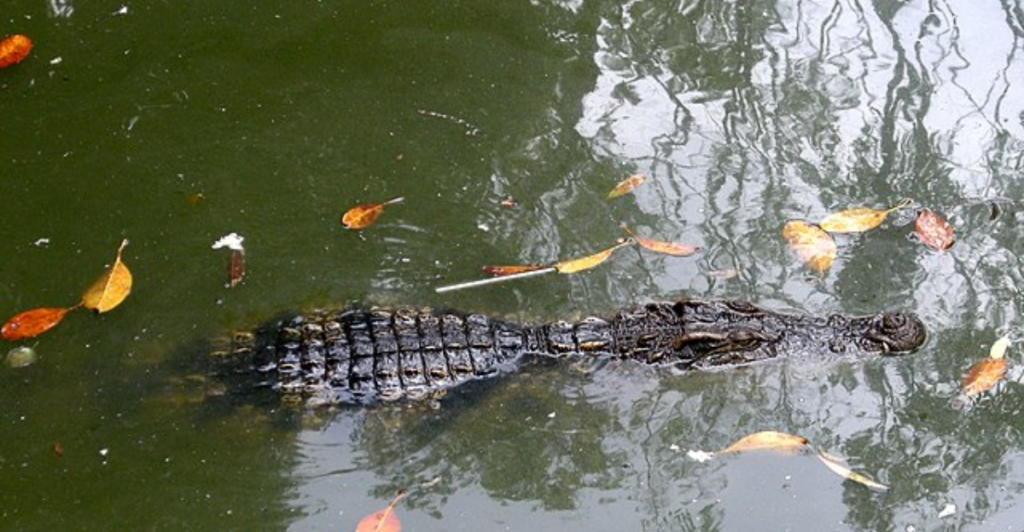
Despite encouraging progress, the Siamese crocodile remains critically endangered and continues to face mounting threats. Once targeted heavily for its skin, the species now struggles mainly against habitat loss—especially from dam development—and accidental capture in fishing gear.
With a decade-long path to sexual maturity, even ideal conditions yield slow recovery. Public perception also poses a hurdle; though no attacks have been recorded in Cambodia, crocodiles are still broadly feared, complicating conservation near human settlements.
Genetic studies have also raised red flags, revealing hybridization with other species such as the saltwater crocodile (Crocodylus porosus), making genetic oversight vital to preserving the species’ purity. On top of that, climate change threatens to disrupt breeding sites by altering water levels and temperatures.
A Blueprint for Endangered Species Recovery

The revival of Cambodia’s Siamese crocodile population provides a compelling model for rescuing critically endangered species worldwide. Through a blend of rigorous science, cross-sector collaboration, and strong indigenous involvement, conservationists have shown that even species on the brink of extinction can recover with the right protection and support.
Pablo Sinovas from Fauna & Flora highlights, “It is not every day in conservation that you can say you are achieving and seeing tangible results. This is one of those rare occasions.”
With wild populations steadily growing, natural breeding taking place, and a clear long-term strategy in place, this initiative stands as a benchmark for successful species recovery. If current trends continue, the Siamese crocodile could be downgraded from its critically endangered status—an extraordinary turnaround for a species once thought lost.
Explore more of our trending stories and hit Follow to keep them coming to your feed!

Don’t miss out on more stories like this! Hit the Follow button at the top of this article to stay updated with the latest news. Share your thoughts in the comments—we’d love to hear from you!







